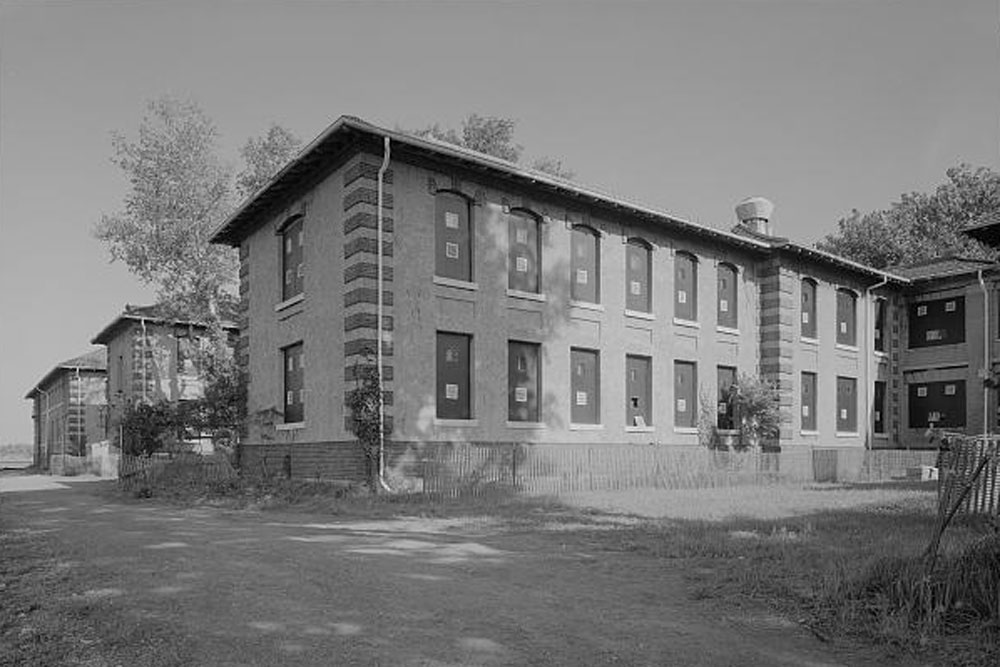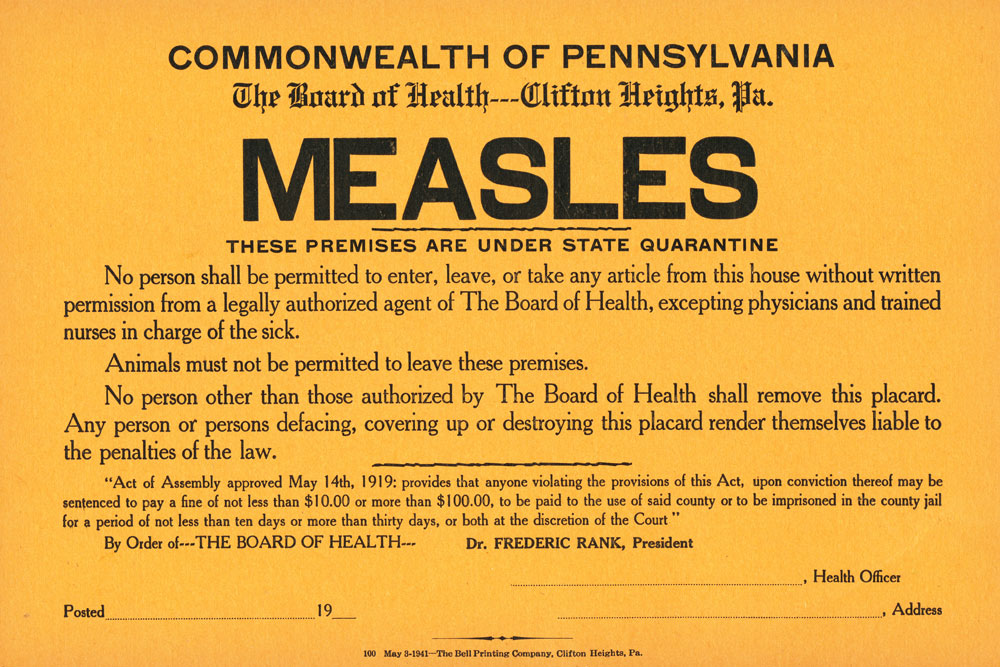Measles' Deadly Past - Flashback Friday

Since the start of 2019, 555 cases of measles have been reported in the U.S., and the recent surge of this highly infectious disease has prompted New York City to issue violations and fines to those who refuse the measles vaccine.
Today, though we have a vaccine to prevent measles, many people remain unaware of its deadly history, and consider the disease to be a minor childhood illness. Healthcare providers continue to battle misinformation about the vaccine’s side effects, and rumors spread unchecked on social media.
-30%
Through isolation, ventilation, and "aseptic" procedures, Ellis Island RNs reduced measles mortality by 30 percent.
The past, however, shows us that it’s not only children who suffered; measles in adults has always had more serious consequences. During the Civil War, for example, about 20,000 cases were reported in Union soldiers, with about 500 deaths.
In the era before vaccination, people with the disease were quarantined in their home or hospitalized in isolation for two weeks or more. Health officials were required to post quarantine placards on the front doors of a patient’s home in cases of measles, scarlet fever, whooping cough and other contagious diseases. Although quarantine afforded some protection, it also had the effect of isolating and sometimes scapegoating a particular group, such as newly arrived immigrants.

.jpg)

Measles cases did not decline until the arrival of a vaccine in 1963. The year prior, there were 469,924 cases of measles in the U.S. and 432 deaths. By 1970, there were 47,351 cases and 89 deaths - a dramatic improvement.
Rates of measles continued to drop until large outbreaks occurred between 1989 and 1991. With the addition of a measles booster shot, those outbreaks were brought under control again. By 2000 - the year measles was declared eliminated in the U.S. - there were just 86 cases and one death.
###
This #FlashbackFriday brought to you by UVA School of Nursing's BjoringCenter for Nursing Historical Inquiry, with special thanks to American Association for the History of Nursing president Arlene Keeling, UVA professor emerita, whose book NURSING AND THE PRIVILEGE OF PRESCRIPTION, 1893-2000 (Ohio State University Press: 2007) provided background for this post. Additional information provided by The History of Vaccines: A Project of the College of Physicians of Philadelphia.
Quarantine signs: Courtesy of the Arlene Keeling Collection, ECBCNHI; Measles ward photo from the, Contagious Disease Hospital on Ellis Island: Courtesy Library of Congress. #histnursing #histmedicine #nursinghistory
